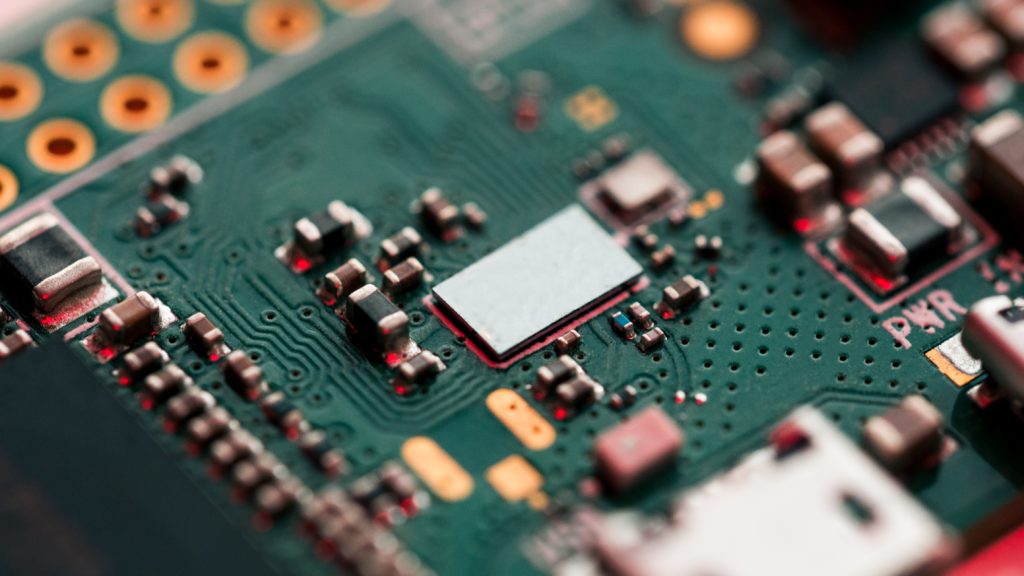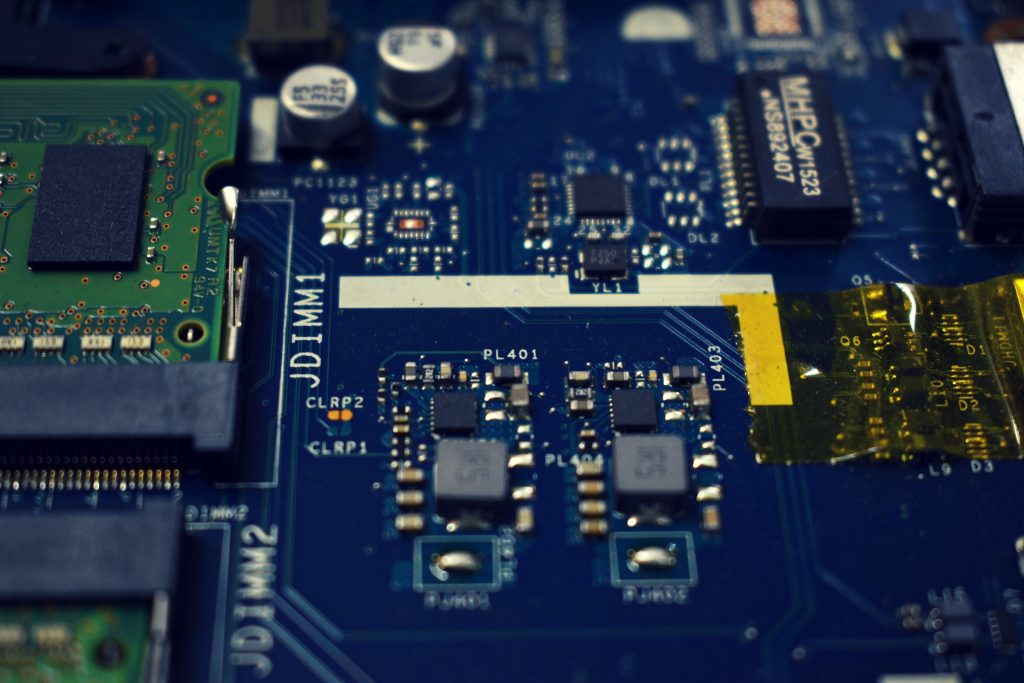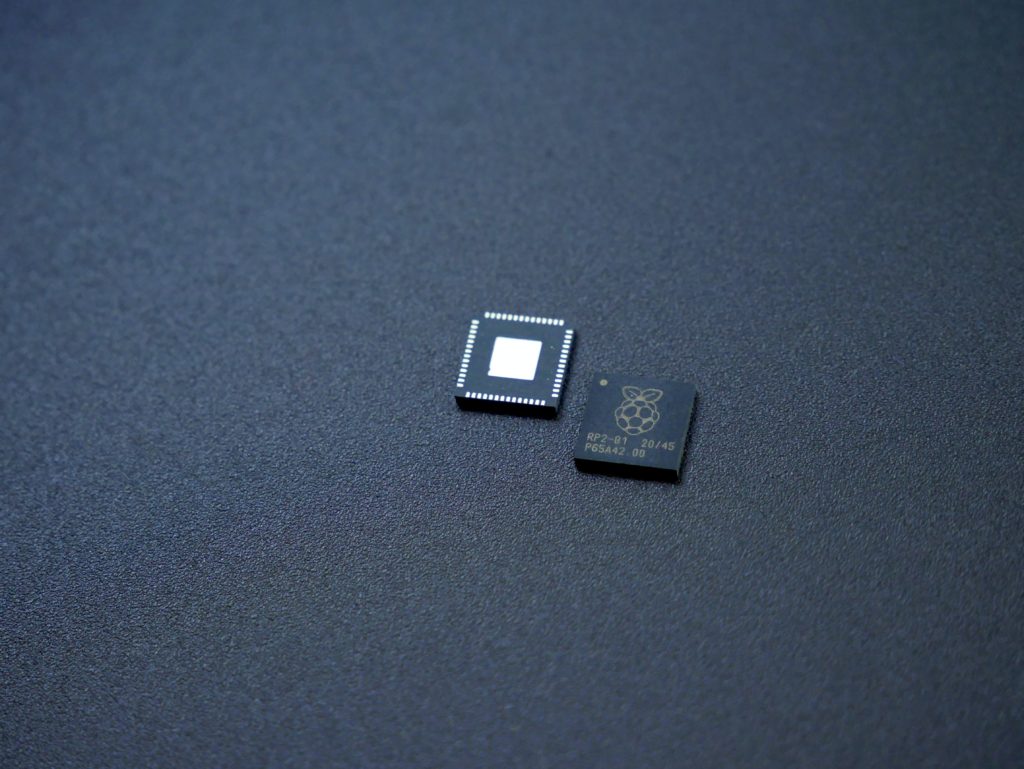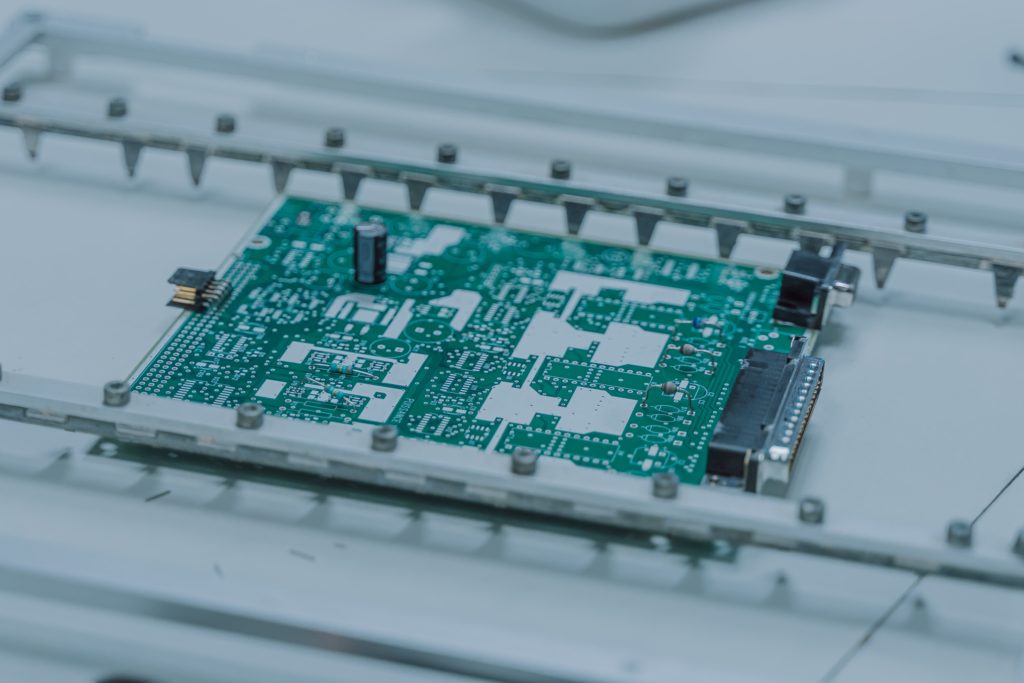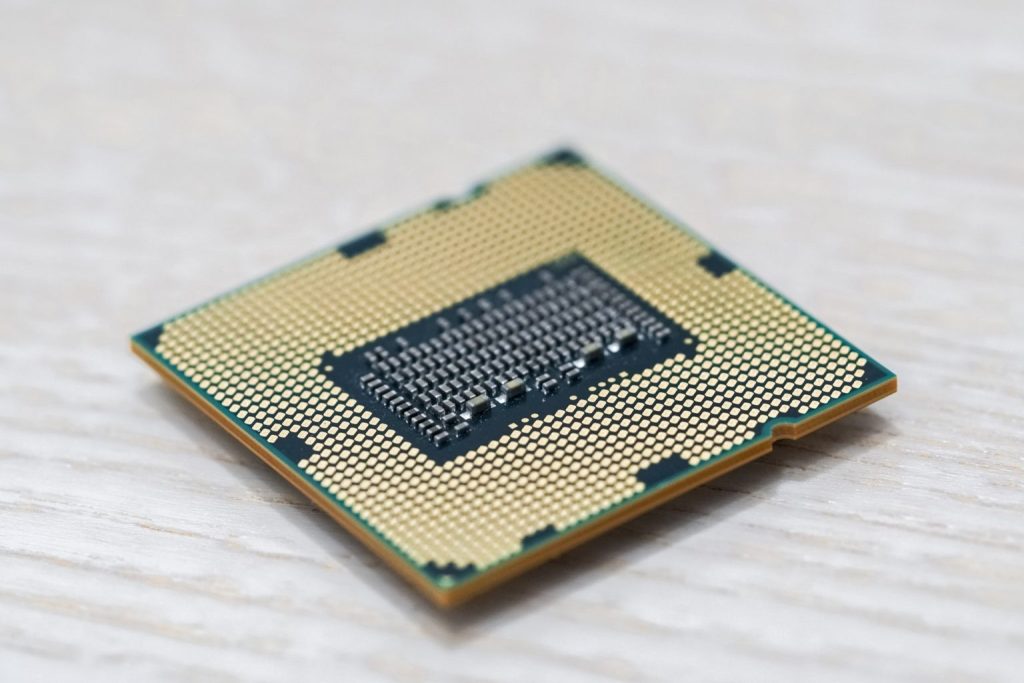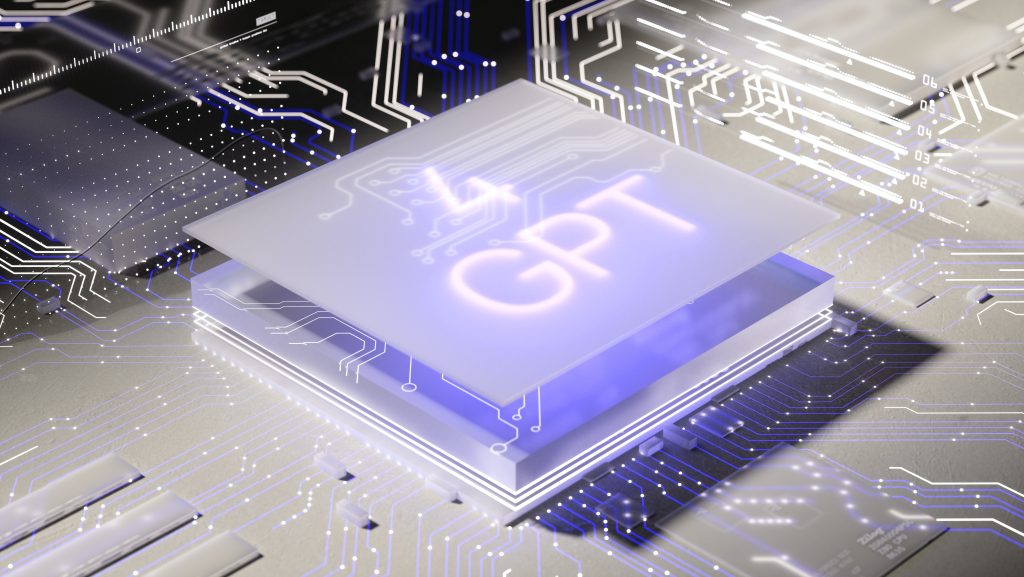Image Generated Using DALL-E
Semiconductor And India
In 2020, I wrote an article titled “The Status Of Semiconductor Manufacturing In India,” focusing on the status of India’s semiconductor ecosystem at the time. Since then, India has seen substantial developments and strategic shifts toward establishing a self-reliant semiconductor ecosystem.
India’s journey towards becoming a key player in the global semiconductor manufacturing space has accelerated by significant government support, strategic international partnerships, and a focus on building a comprehensive ecosystem that includes fabrication, assembly, and testing, as well as research and development, including the support ecosystem (equipment, tools, and so on).
Conversely, the Indian semiconductor market is forecasted to reach over $60B+ by 2026, driven by demand in smartphones and wearables, automotive components, and computing and data storage sectors, with an anticipated market size of more than $100B+ and an additional half a million (direct and indirect) jobs to be created by 2030. Thus, India’s semiconductor ecosystem is a crucial contributor to the global industry’s growth to $1 trillion by 2030.
Semiconductor Fabrication In India
The fabrication segment is witnessing a series of transformative investments, notably with the entry of major international and domestic players. Powership Semiconductor Manufacturing Corporation (PSMC) and Tata Electronics have partnered to establish India’s first semiconductor wafer fabrication plant in Gujarat. The plant’s focus on advanced 28nm technology nodes underscores India’s readiness to cater to domestic and global markets.
The Indian government’s commitment to nurturing the semiconductor fabrication ecosystem is evident through increased capital outlays and supportive policies. The 2024-25 budget saw a remarkable 100% increase in capital outlay for semiconductor and display manufacturing development, reaching close to a billion dollars. This substantial financial boost, coupled with the Semicon India Program and incentives for setting up fabrication units, underlines the strategic importance placed on semiconductor manufacturing within India’s broader economic and technological policy framework.
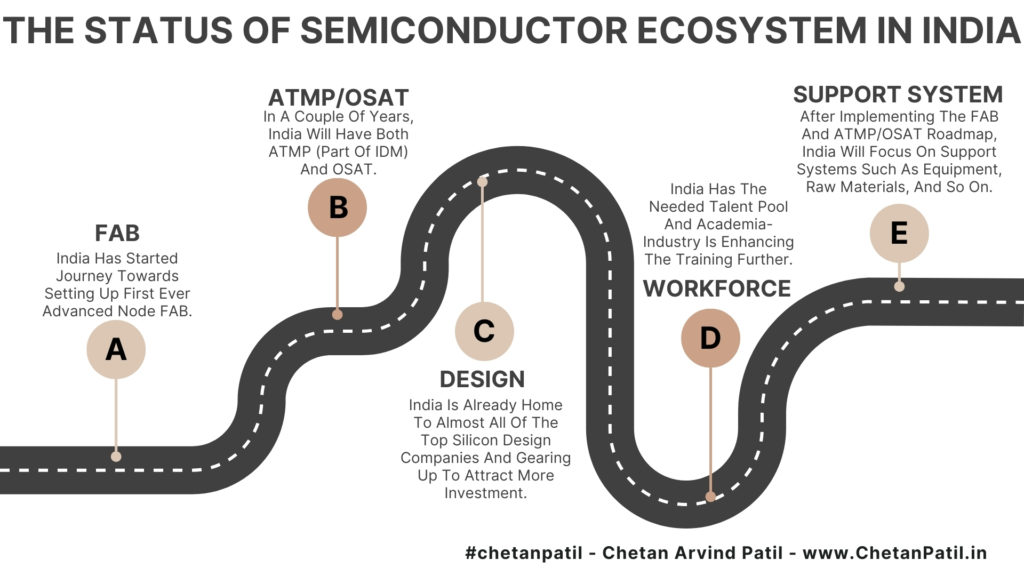
Semiconductor Assembly And Testing In India
Micron Technology’s establishment of an ATMP facility in Gujarat is a pivotal development in the assembly and testing landscape. This initiative marks a significant milestone, being one of the first in India. The facility, representing more than a $3B+ investment, signifies the potential for India to become a hub for semiconductor assembly and testing, catering to local and international markets.
Additionally, the Tata Group is establishing an ATMP facility in Assam, and a joint venture between CG Power, Renesas Electronics, and Stars Microelectronics is setting up an OSAT facility in Gujarat. These investments, valued at $15B+, are expected to contribute significantly to India’s semiconductor market growth.
Semiconductor Design In India
India is home to every top semiconductor company that designs silicon chips, and the sector is witnessing significant growth, underscored by its robust talent pool and strategic initiatives aimed at enhancing its global footprint in semiconductor design and innovation. These engineers are integral to global semiconductor companies and domestic design service firms, engaging in developing cutting-edge chips across various stages, from specifications and architecture to design and physical verification.
The country’s design engineers have the needed semiconductor skills and competencies, with contributions spanning across the design process and impacting complex Integrated Circuits (ICs), Application-Specific Integrated Circuits (ASICs), and Systems on Chips (SoCs) globally. This recognition is domestic and international, with corporate leaders from significant semiconductor firms acknowledging the caliber of Indian engineers. This talent pool’s prowess also attracts substantial investment from global companies looking to expand their design and engineering capabilities in India.
The Indian government is actively supporting this segment through various initiatives. One notable scheme is the Design-linked incentive (DLI) scheme, which offers a matching 50 percent government investment to support enterprise launches, along with “deployment-linked” incentives based on criteria like the use of Indian-made content. This initiative targets the design of ICs, chipsets, SoCs, systems, IP cores, and semiconductor-linked methods, explicitly catering to indigenous companies engaged in semiconductor design and IP development.
Future Of Semiconductor In India
India still has a long way to go before competing with leading global semiconductor powerhouses (mainly the EU, East Asia, and the US). One critical area in which India needs to focus is enhancing its research and development infrastructure and capabilities.
To truly compete on the global stage, India must ensure a sustained, long-term commitment to its semiconductor industry, spanning government policies, industry collaborations, and academic contributions. It involves financial investment and a strategic focus on upskilling the workforce, fostering innovation, and creating an attractive environment for domestic and international semiconductor firms.
Exciting times are ahead for India’s semiconductor ecosystem.





